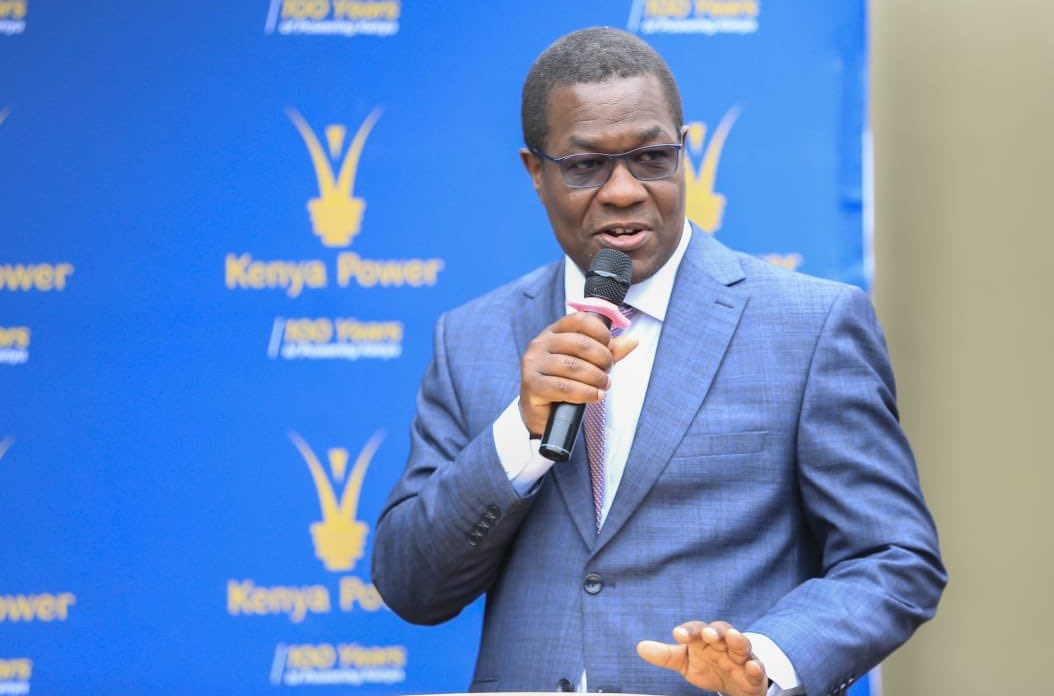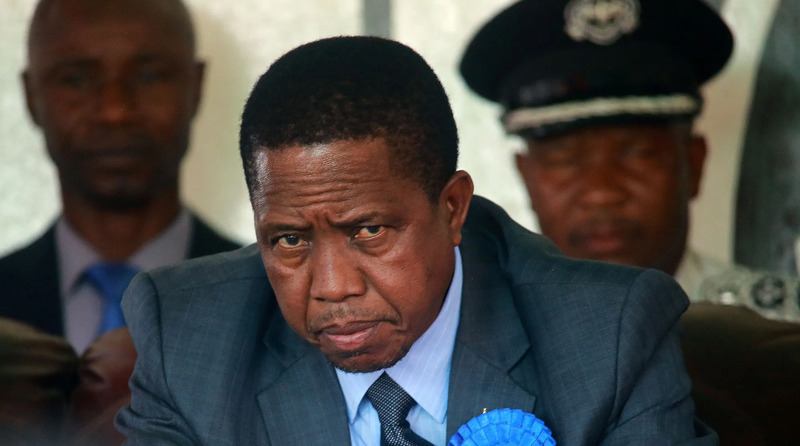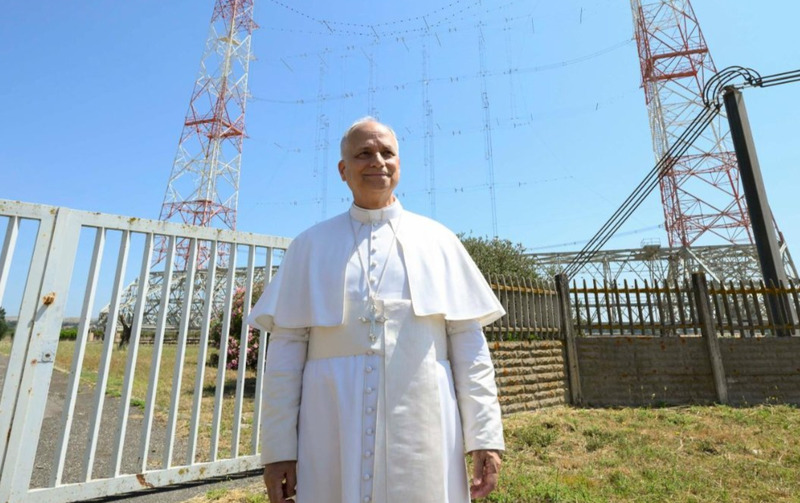No compensation for blackout losses, Energy CS Wandayi tells businesses

Wandayi made it clear that under current laws, the Kenya Power and Lighting Company is not required to compensate consumers for financial harm resulting from outages.
Businesses counting losses from recurring blackouts will get no relief from Kenya Power, Energy Cabinet Secretary Opiyo Wandayi has said, shutting the door on any hope of compensation for disrupted operations and lost income.
Appearing before the Senate Energy Committee, Wandayi made it clear that under current laws, the Kenya Power and Lighting Company is not required to compensate consumers for financial harm resulting from outages.
More To Read
- Judge rejects City Hall’s push for mediation in dispute over Kenya Power's Sh6.4 billion bill
- Trader demands compensation from KPLC after power line electrocutes 10 goats in Mombasa
- Kenya Power to supply 47,000 subsidised electric cookers in clean energy push
- Treasury doubles budget for Turkana oil project as Kenya accelerates path to commercial production
- Kenya Power adds 134,630 rural users but sees first revenue dip since 2020
- Counties demand share of fibre cables revenue, wayleave charges in clash with Kenya Power
He said the Energy Act 2019 only allows redress in cases where supply lines physically cause damage, not for income lost during power disruptions.
“The compensation mechanism laid out in the Energy Act 2019 applies strictly to damages caused by electrical supply lines, not to consequential losses experienced due to power outages,” Wandayi said.
His remarks came in response to Kisumu Senator Tom Ojienda, who had asked if any policies exist to cushion customers from preventable disruptions in power supply.
While acknowledging the economic pain that blackouts bring, especially for traders and industries, Wandayi said there is currently no legal framework obligating the Kenya Power and Lighting Company (KPLC) to compensate affected users.
Committee members, led by Chairperson and Siaya Senator Oburu Odinga, pressed Wandayi to explain the frequent outages that continue to disrupt business and daily life across the country.
In his response, the CS cited a combination of causes, including brief interferences in the grid system, referred to as transient interruptions prolonged outages resulting from equipment failures, planned maintenance shutdowns, and temporary load shedding carried out during peak hours due to generation shortfalls and strained networks.
Despite these challenges, Wandayi noted that the country’s power generation capacity currently stands at 3,080 megawatts against a peak demand of 2,316 megawatts.
He explained that Kenya’s electricity network stretches approximately 320,000 kilometres, with over 80 per cent comprising distribution lines, both medium and low-voltage.
Senator Ojienda also raised concerns about KPLC’s level of preparedness during the rainy season, especially in terms of disaster response, infrastructure audits, and preventive strategies.
In his reply, Wandayi said Kenya Power is actively upgrading its transmission and distribution systems, carrying out preventive maintenance and clearing vegetation along power lines to improve grid stability.
“KPLC is continuously assessing and enhancing the capacity of lines and primary substations to meet growing demand,” he said.
He also said the Kenya Electricity Transmission Company (KETRACO) is working on new transmission lines aimed at easing the evacuation of power to high-demand areas.
Additionally, Wandayi revealed that KPLC plans to raise Sh200 billion over the next five years under its 2023–2028 strategic plan.
The company is exploring alternative income sources such as consultancy in power system design and construction, maintenance of high-voltage equipment, and training through the Institute of Energy Studies and Research.
Top Stories Today














































